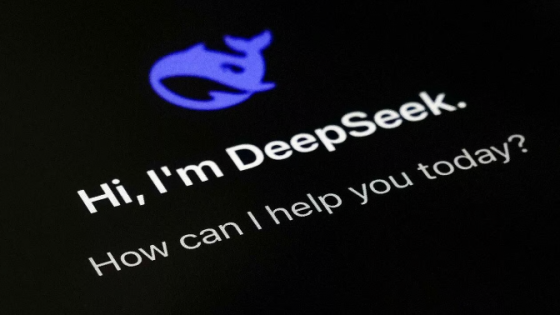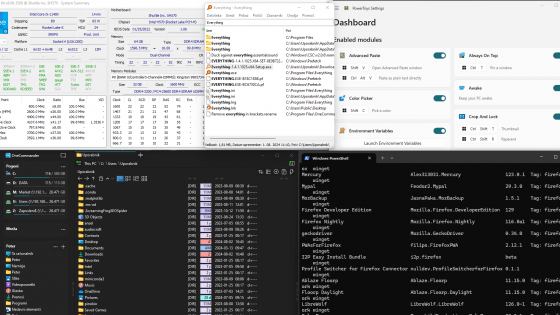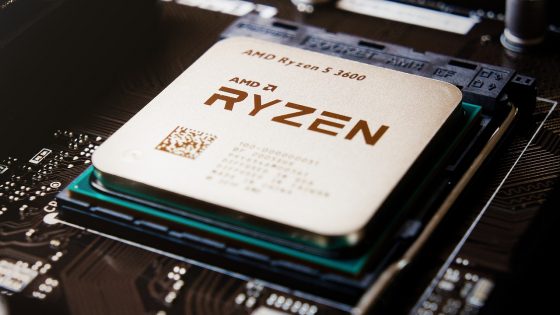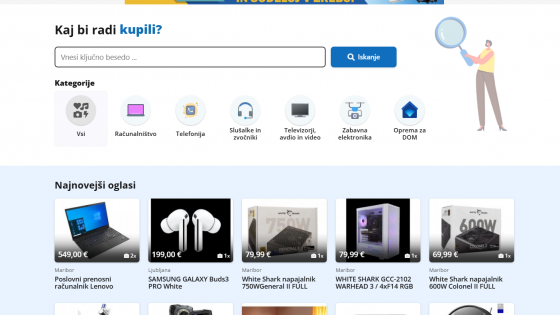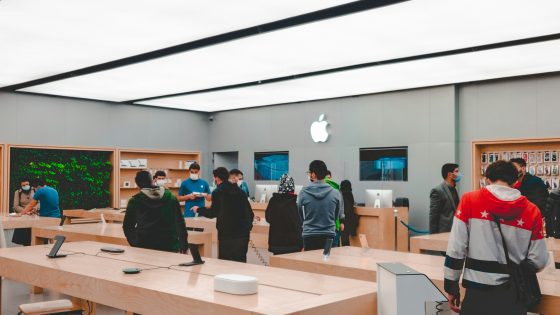A European AI alternative to Silicon Valley and DeepSeek is coming
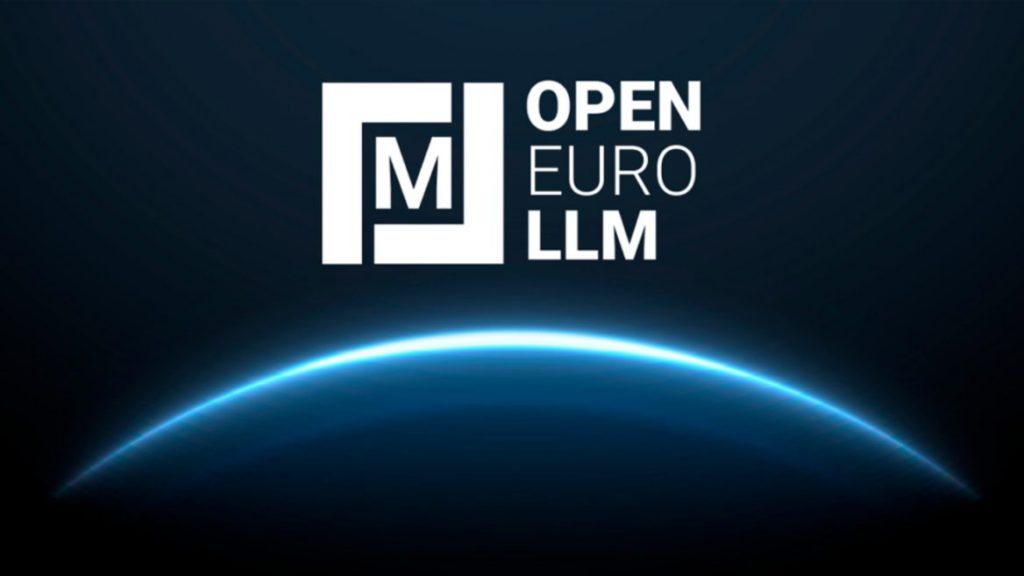
They call the project OpenEuroLLM. Like DeepSeek, they aim to develop next-generation open-source language models, but their plan is very different. Their mission: to develop a European artificial intelligence that will foster digital leaders and efficient public services across the continent.
To support these goals, OpenEuroLLM is building a family of high-performance, multilingual core large language models. The models will be available for commercial, industrial and public services.
The project involves more than 20 leading European research institutions, companies and high-performance computing (HPC) centers. The alliance is led by Jan Hajič, a renowned computational linguist from Charles University in the Czech Republic, and Peter Sarlin, co-founder of Silo AI, Europe's largest private artificial intelligence lab, which was acquired by US chipmaker AMD for $665 million last year.
They are joined by a number of European technology players. Among them are Aleph Alpha, a leading force in the German AI sector, Finland's CSC, which owns one of the world's most powerful supercomputers, and France's Lights On, which recently became the first public company in the field of generative AI in Europe.
The European Alliance has been supported by the European Commission. According to Sarlin, the initiative could be the Commission's largest AI project to date.
"What is unique about this initiative is that we are bringing together many of Europe's leading AI organizations in one focused effort, rather than having many small, fragmented projects.,” Sarlin told The Next Web portal. "This focused approach is what Europe needs to build open European AI models that will eventually enable innovation at scale.,” he added.
The project has a budget of 52 million euros, as well as accounting obligations that may have a greater monetary value, Sarlin said.
In addition to Commission funding, OpenEuroLLM has received support from STEP, the EU's scheme to boost investment in strategic technologies. The project is also aligned with the EU's plans to strengthen the digital sovereignty of an increasingly vulnerable Europe.
The future of artificial intelligence in Europe
As China and the US develop new AI capabilities at breakneck speed, Europe faces an uncertain future in the digital environment.
OpenEuroLLM hopes to strengthen the continent's position with new digital infrastructure. The project also commits to embedding AI in European values of democracy, transparency, openness and community inclusion.
According to OpenEuroLLM, the models, software, data and evaluation will be completely open. They will also be able to fine-tune the instructions to the specific needs of industry and the public sector. In addition, the alliance promises to preserve both linguistic and cultural diversity.
The plans to form a European AI alliance come at a time when Europe's tech industry is facing a major test. As US and Chinese companies compete in the field of artificial intelligence, fears are growing that European businesses, economies and even culture are at risk.
Sarlin wants OpenEuroLLM to bring new hope to the continent. It’s not about developing a generic chatbot – it’s about building a digital and AI infrastructure that allows European companies to innovate with the technology in question, Sarlin added, concluding: “The aim of this project is to give European companies the tools to build models and solutions in their own languages, which they own and control themselves..”




